From pools, to lakes, to oceans: improve your swim
Moving into triathlon means getting comfortable with open water swimming. Whether you’re coming from pool swims, or you’ve been in the water at your chalet, swimming in an event is different from what you might be used to. With the right preparation and by remembering a few key tricks, you’ll have a great time in the water.
One of the biggest changes in coming from pool swimming is navigation. Without lane markers at the bottom of the pool, and ropes on either side of you, keeping an eye on where you want to go is very important.
“The main change coming from a pool is that you need to be sighting to stay on course in open water,” says Bart Rolet, a triathlon coach based in Montreal. “Quebec lakes have almost no visibility, so you need to be able to look where you’re going as part of your swim stroke.”
Swimming with others is also a big change from pool or recreation swimming. With no lanes in a lake, you may find other swimmers very close to you. To start out, you may prefer to swim along the outside of the group until you get comfortable in traffic.
Lake water, especially in the Laurentians, can often remain cold throughout the summer. Thankfully, wetsuits not only help you float, but keep you warmer during the swim portion of the event. Be sure you’re used to swimming in one, and to transitioning out of the suit before your second event. A little practice will go a long way to keeping you comfortable in competition.
If your ambitions are bigger, then there are few places that can match swimming in the Pacific Ocean where warm waters and the buoyancy felt in salt water make wetsuits unnecessary. Rolet is a three-time finisher of the Ironman World Championships in Kona, Hawaii, and offers excellent insight into how to swim in a radically different environment.
“So much of what happens in a lake swim is totally different in the ocean,” says Rolet. “The water is so clear that you can see down to the bottom. You can see wildlife, and that can often be distracting at first.”
For some people, the depth of the ocean can be disconcerting compared to the lack of visibility in lake water. Others can veer off course unintentionally while watching wildlife such as fish, turtles, and even sharks.
“Some people choose to close their eyes in the water, only looking for sighting above the surface,” says Rolet.
Tides and currents can also have an impact on swim performance. Take some time before the race to learn if you’ll be swimming through currents or in a strong tide. Not only will these potentially impact navigation, but can also impact your time. Swimming against a tide will result in a slower time, but you’ll pick up a speed boost if you’re heading to shore as a tide comes in.
“Be careful not to drink any sea water as you swim,” says Rolet. “The salt water can give you cramps in the bike and run sections, so drink fresh water as soon as you get to shore.”
Don’t forget key fundamentals when training. Use the buddy system and consider towing a float or having a friend paddle a canoe or kayak you can hold for a rest break. Hypothermia can strike even in the summer, so have warm dry clothes ready on shore.
Dean Campbell8 Posts
Rédacteur pour de nombreuses publications, Dean Campbell passe son temps libre à vélo sur les routes et les singletracks. Basé à Gatineau, Dean a couvert les Jeux olympiques de Vancouver, de Londres et de Sotchi et a prêté sa plume à Sportsnet.ca pour des articles sur le cyclisme. Il est également un des principaux collaborateurs de la revue Canadian Cycling Magazine. / Dean Campbell is a writer based in Gatineau, QC, where he spends any free time on a bike, riding singletrack and roads. Dean has covered the Vancouver, London, and Sochi Olympics, written about cycling for Sportsnet.ca, and is a senior contributor to Canadian Cycling Magazine.
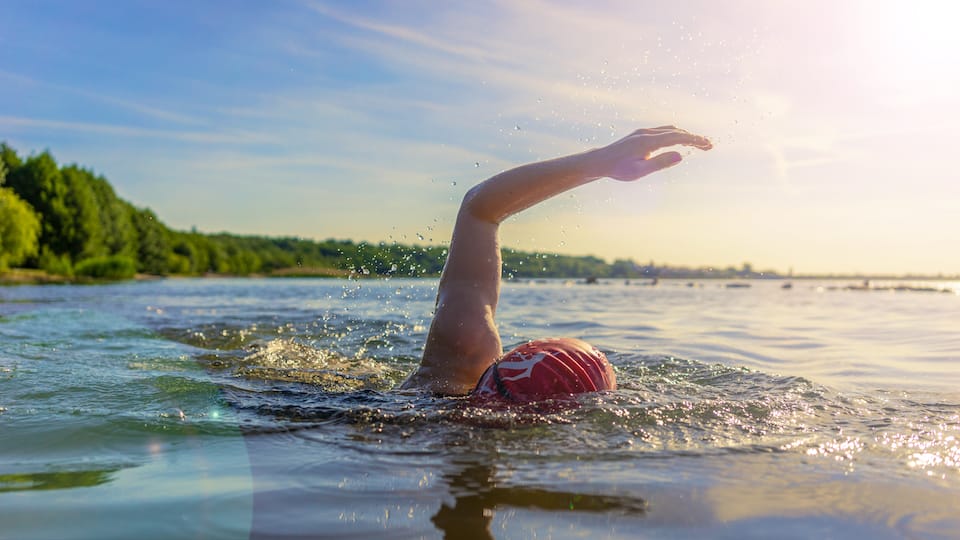
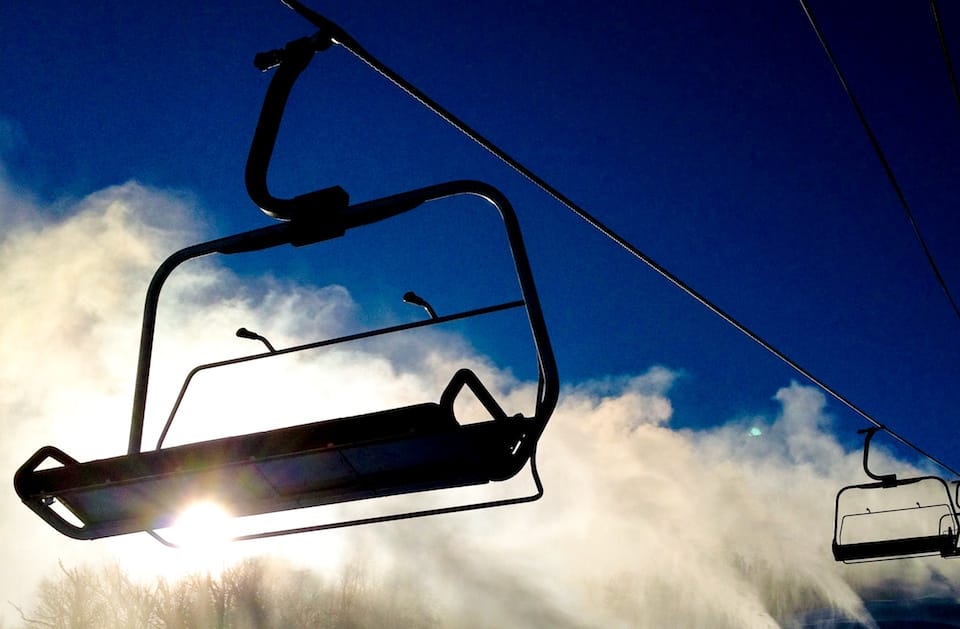
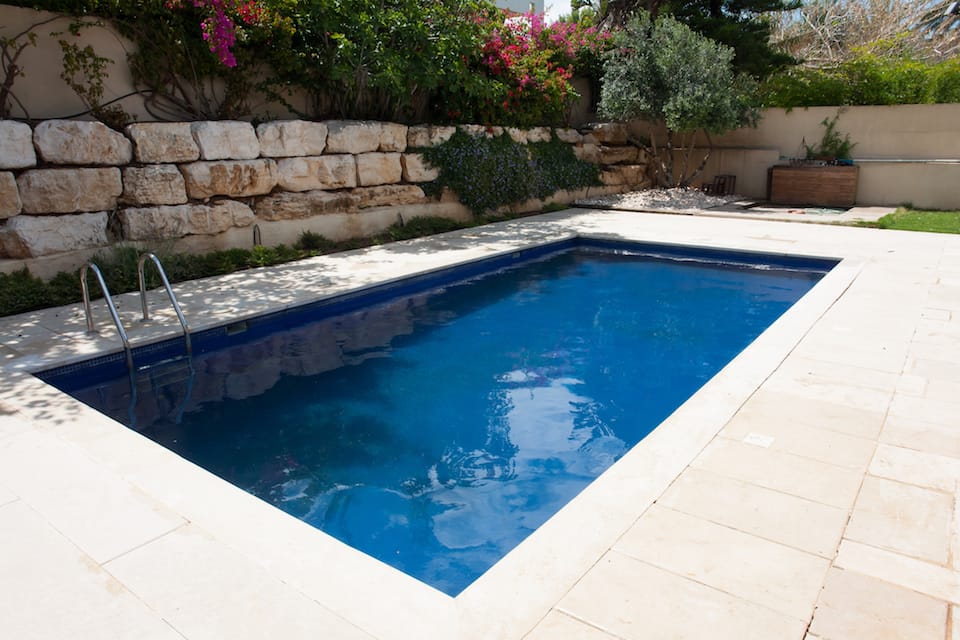
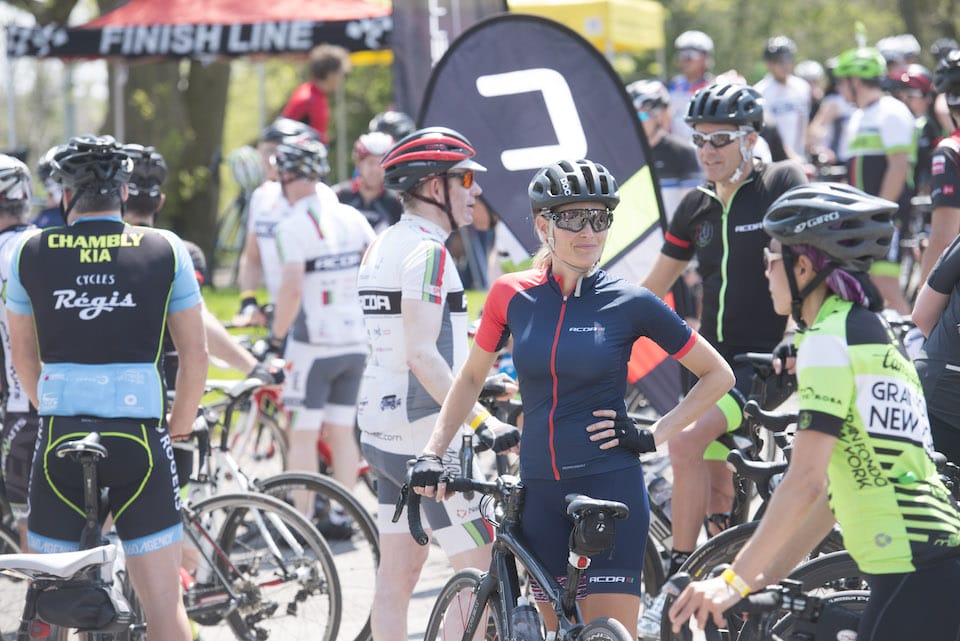
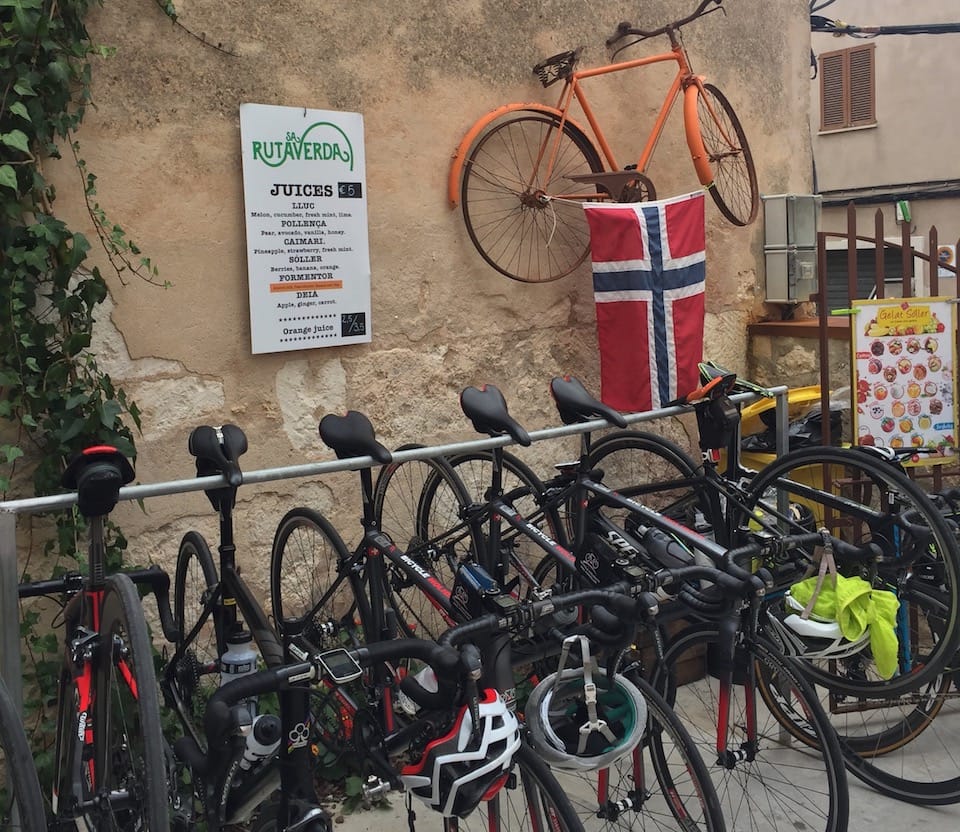
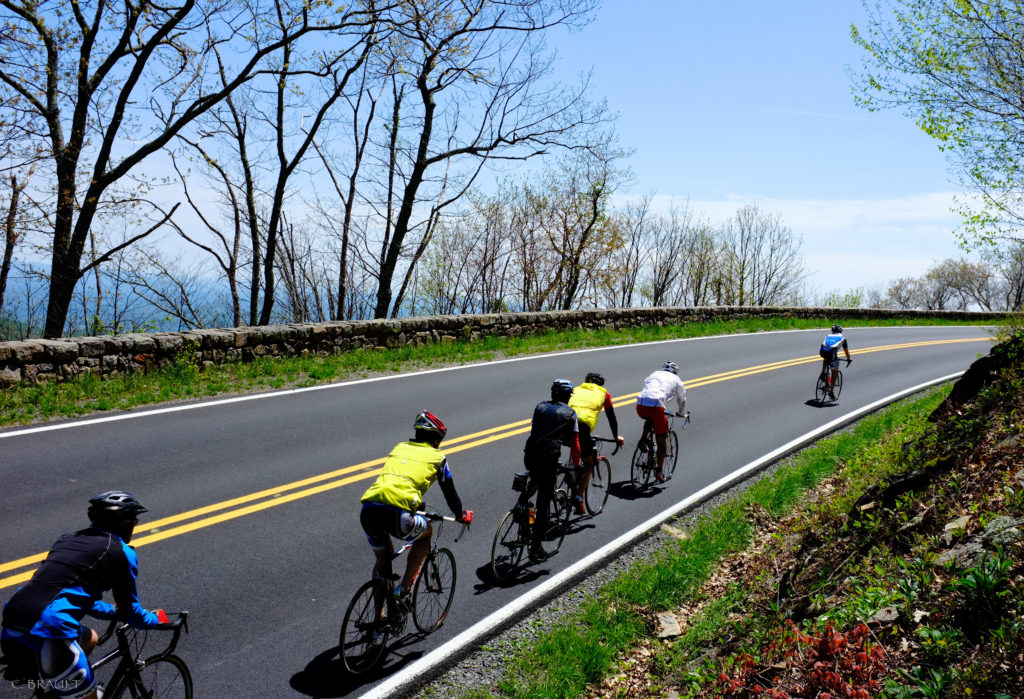
0 Comments